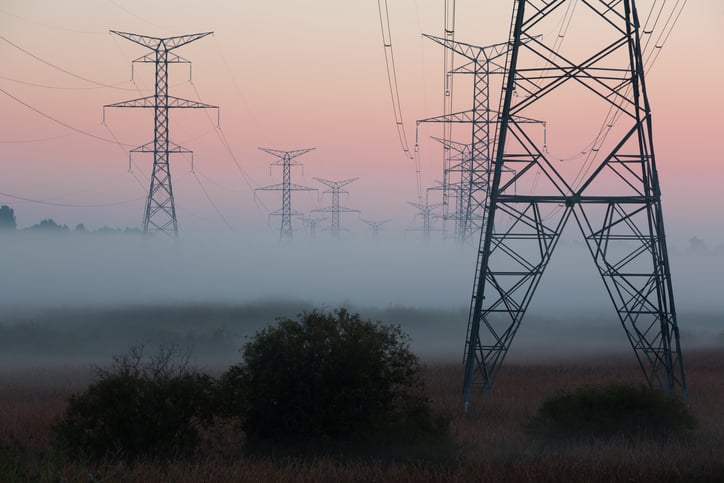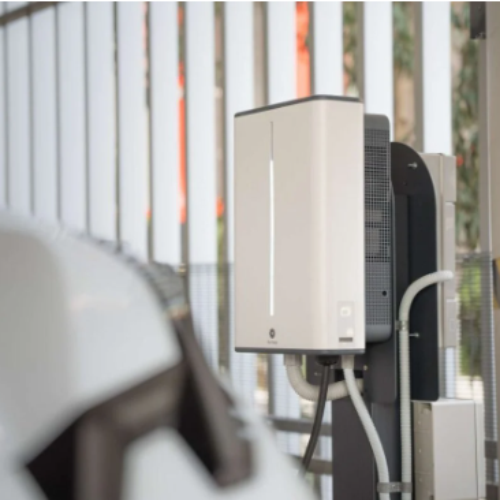National Grid ESO’s Optional Downward Flexibility Management (ODFM) service has come to an end, as the grid has become far more stable since the first lockdown.
Brought in in April to help the operator manage the extreme drop in demand caused by the COVID-19 pandemic lockdown, over 4.7GW of volume from 363 units were registered on the service.
This is a major milestone in the participation of renewables in an ancillary service at scale, and provided a route to market for demand side providers who could offer turn up service.
The ODFM service came to an end on 25 October, having been dispatched on five separate occasions. During these, NGESO sent instructions to a value of £12.7 million, and settled just over £11.9 million after applying performance measures.
This included using the service on both of the May bank-holiday weekends as demand dropped significantly. Over the second of these, record low electricity prices and carbon intensity levels were registered, with levels averaging just 61gCO2/kWh on Saturday 23 May.
“ESO are really pleased with the high delivery levels of this service and recognise the really challenging timescales participants faced to implement delivery solutions,” the company stated in a recent update.
“As a curtailment/demand turn up service, there is lots of learning we have gained from ODFM which we will take forward to meet our system needs for both negative reserve and whole system constraint management for future ancillary service development.”
As lockdown restrictions eased in Great Britain, electricity generation, demand and prices bounced back to pre-COVID-19 levels, lowering the need for the ODFM service.
Research by energy data analyst EnAppSys into Q3 found that all three of these metrics had recovered substantially after record lows in Q2.






